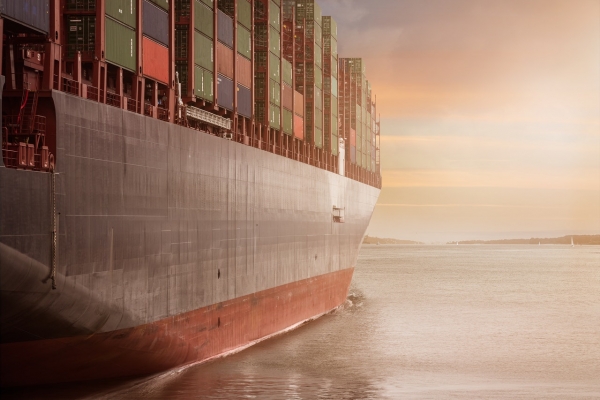
Part 2 - ASEAN’s ports: Now and into the future
Statement of objectives
- Southeast Asian ports’ strategic geographically positions for international shipping routes have greatly deepen the interconnected worldwide and become a crucial part of the global port system. A highly competitive and rapidly changing business environment requires the strategic planning and operation of ports to offer a unique position as seaports link.
- Southeast Asia ports need to keep pace with increasing international trade in the future, driven by the advent technology and digitalisation . Bigger and stronger intra-Asia trade will demand better, smart and efficient port services.
- While ASEAN member states work together to strengthen maritime transport linking their economies, their ports and leading terminals will have to be enhanced and remained competitive in terms of cost and delivery service to attract more traffic and shipping lines and services.
- In general, the quality of some ASEAN ports were perceived to be far below the world average and have not keep pace with strong throughput growth within the region. The widening gaps between the ports in ASEAN require their port authorities to adopt appropriate strategies to improve and the competitiveness of their ports.
- Singapore and Malaysia are the leading pack of ASEAN ports. Both Indonesia and Philippines need to improve their national maritime strategies. Vietnam is progressing rapidly with the development of new ports. Indonesia focuses on the development in Sumatra and is eyeing to secure seaborne trade in Strait of Malacca.
Summary: Ports development in ASEAN and Malaysia
- Containerised cargos outlook remains positive. ASEAN constituted 13% share of container traffic in 2016. OECD estimates ASEAN’s container traffic will reach about 231 million TEUs by 2030 and 520 million TEUs by 2050.
- Presently, the combined annual capacity of major ASEAN ports is approximately 117 million TEUs. With current on-going and future development plans, the combined capacity can potentially be increased to 246 million TEUs.
- ASEAN becomes the most important manufacturing location and global supply chain worldwide. Each ASEAN country is developing its own Special Economic Zone (SEZ) or industrial zone to attract foreign direct investment (FDI). Some SEZ were designed to target specific foreign investors such as China and Japan.
- ASEAN member states are expanding their main ports capacity to cope with future demand and strengthen hinterland connectivity between the ports and SEZ. The port authorities need to have appropriate strartegies to improve the competitiveness of their ports.
- The gaps of ports development in ASEAN are widening. A majority of ASEAN member states are facing lack of shipping connectivity, poor quality of ports infrastructure and inefficient of logistics services as well as congestion problems due to lack of berth and depth. Ports in Myanmar and Cambodia are underdeveloped (handling less than one million TEUs), and hence may hinder free flows of goods. And, Singapore is pushing forward the digitalization and automation of its port to be in a well established good position.
- three islands of Sumatra, Jawa and Sulawesi. Sumatra’s port development if runs efficiently can pose a threat to port operators in Malaysia and Singapore. The magnitude of impact will depend on the results and operation in Kuala Tanjung port in 2018. It also gives a precursor to whether Indonesia government is planning to build another mega ports in Batam Island or Malahayati.
- In terms of maritime perspective, Malaysia still has competitive advantages in ASEAN region --- a well-connected to global shipping networks (ASEAN ranking: 2nd), good quality of port infrastructure (ASEAN ranking: 2nd), and efficient trade logistics services (ASEAN ranking: 2nd).
- The container throughput in Malaysia registered positive growth of 10.2% pa from 2000 to 2016 and 57.5% of total trade generated from seaborne trade in 2016. Port Klang and Tanjung Pelepas are expanding their capacities up to 30 million TEUs and 22 million TEUs respectively. Going forward, the implementation of major infrastructure projects would strengthen hinterland connectivity in Malaysia.
- The enhanced and growing bilateral trade between China and Malaysia is expected to expand significantly in years ahead, driven by the formation of CMPA, Kuantan Port’s development and Melaka gateway project involving China investors.
- The general assessment of the development Carey Island port will be addressed in Part III of this research paper.



.pdf)